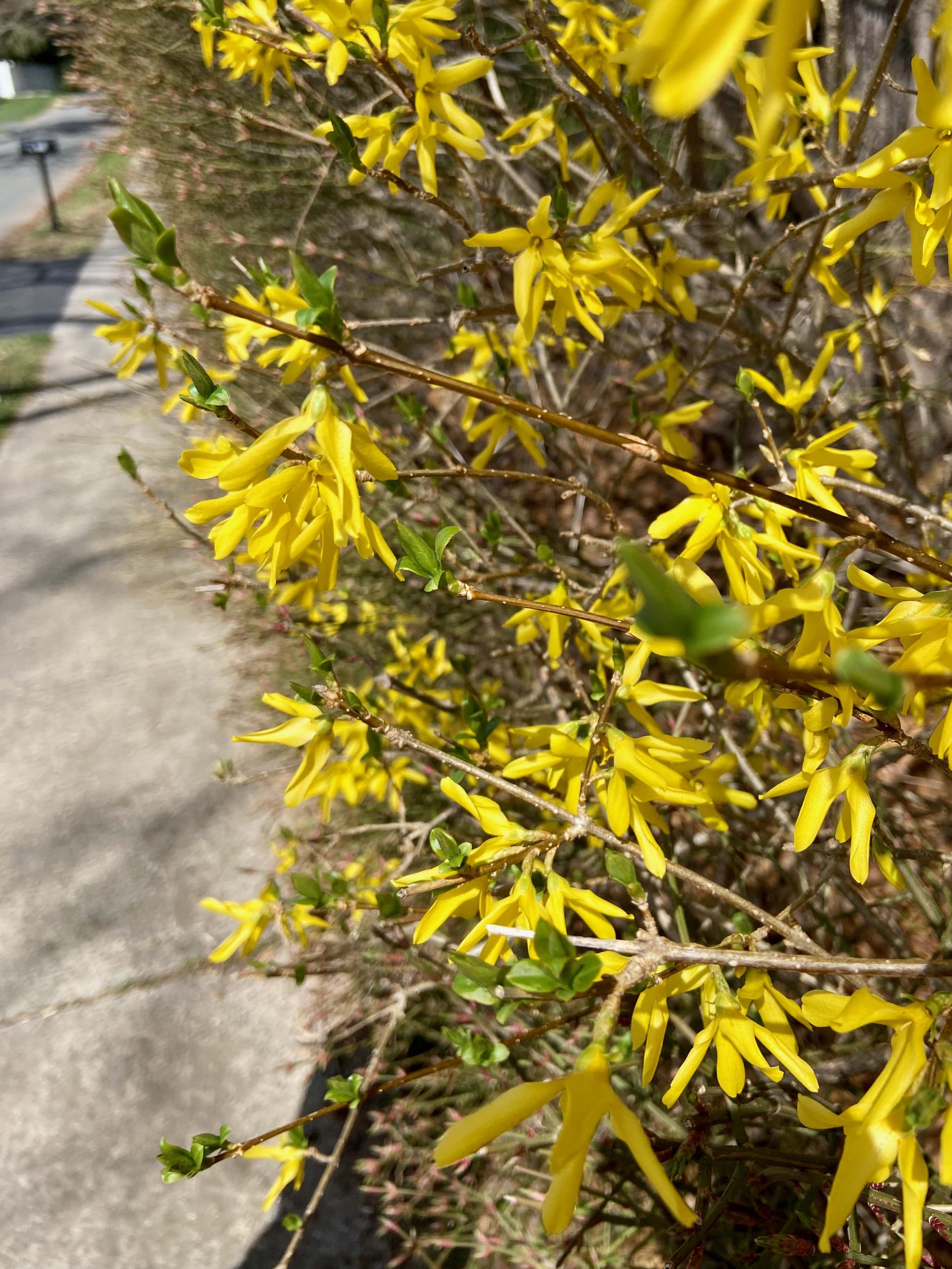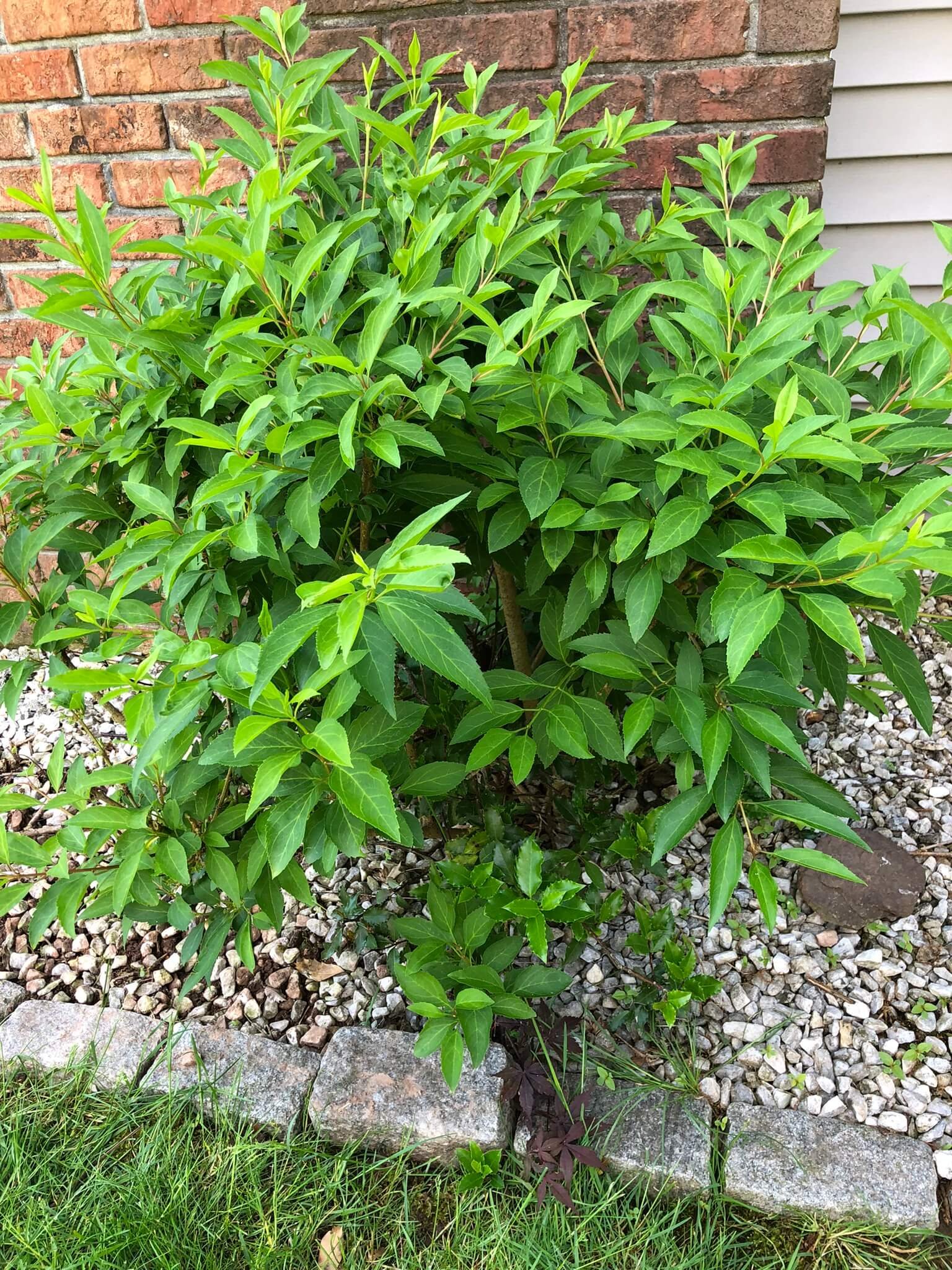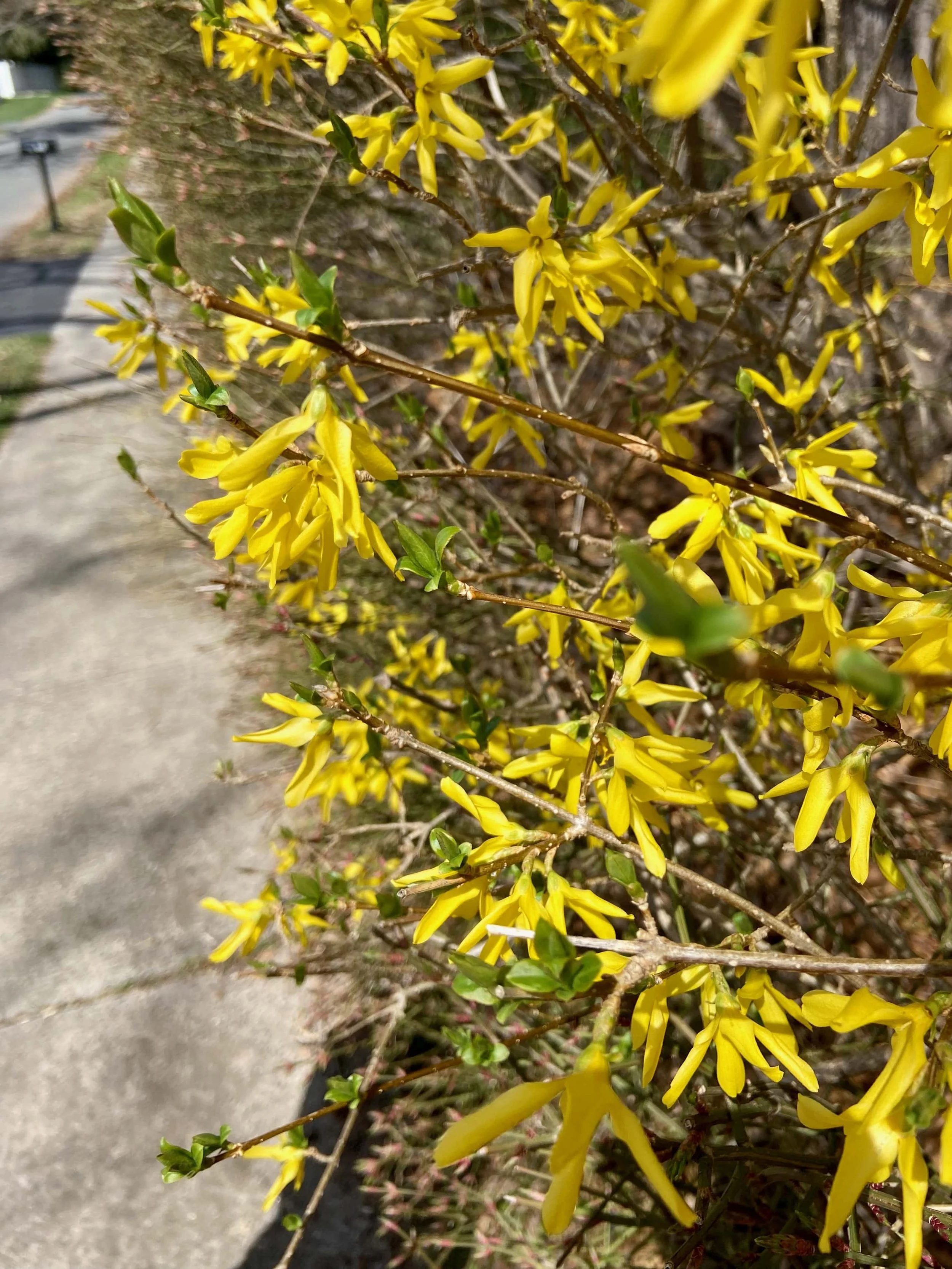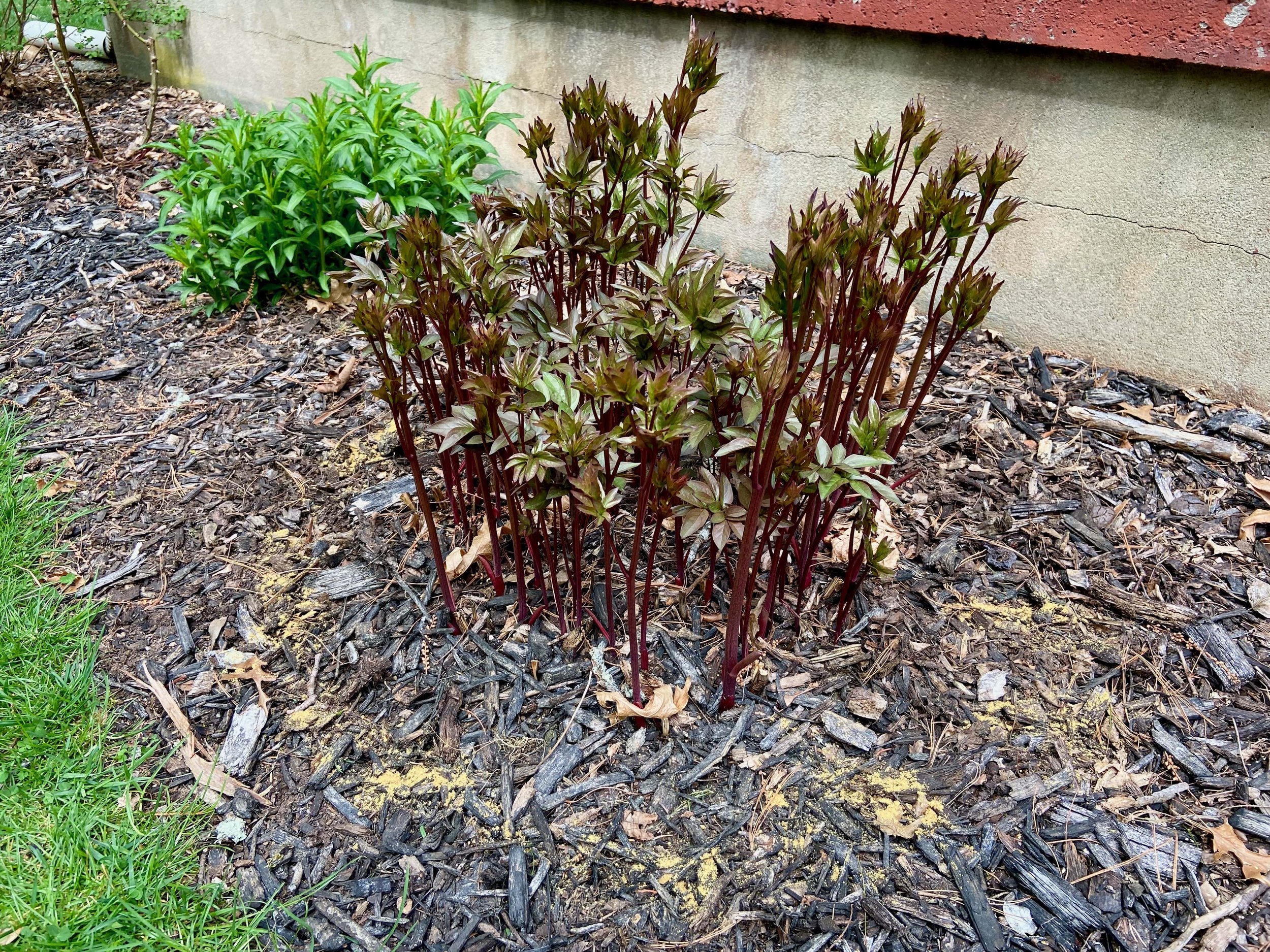Spring Into Action: Trimming Your Forsythia
How to prune forsythia
If you're like most homeowners, you probably can't wait to get outside and start working in the garden -the snow is finally melting and the temperatures are starting to warm up.
Spring is a time of renewal, and there's no better way to celebrate the season than by trimming your forsythia bushes.
Forsythia is a deciduous shrub that blooms in early spring before the leaves emerge. It can grow up to 10 feet tall, so it's important to trim it back each year to keep it looking neat and under control.
In this blog post, we will discuss when and how to trim forsythia bushes. We will also provide some tips on how to prune forsythia correctly so you can get the most out of your plants!
The items listed are accompanied by affiliate links, meaning I earn a small commission if a purchase is made through my links. This has no impact on the cost to the consumer. I link to products this way whenever possible, and it has no bearing on the products I choose to review or recommend.
When to Prune Forsythia
Pruning forsythia sounds intimidating, but it’s actually quite simple. Forsythia flourishes off of mature wood, causing the following year's blossoms to sprout from this year's branches.
The best time to prune forsythia is soon after it blooms in the early spring and its green leaves appear in April or early May. This step is indispensable for a lush bush full of vibrant yellow blooms in the coming year.
Pruning earlier makes it easier to pick out the pruning cuts you should make, as you won’t be hampered by too much foliage coverage.
If your forsythia is still a baby (between 1-3 years old) you shouldn't prune it. You want to nurture your forsythia when it's young so that it can thrive in its adult years.
Pruning forsythia in late fall or winter is not recommended as you will reduce the number of blooms that the bush can produce the following spring.
The buds that have already begun to form on the branch tips will be lost, so if you do prune in late fall or winter, focus on removing only dead or weak branches or branches that are diseased or infected with pests.
All in all, pruning forsythia isn’t as daunting as it may seem - a little knowledge about when to prune goes a long way.
By engaging in a little bit of annual maintenance pruning, you can keep your plant healthy and thriving. This will also result in an abundance of young branches that are full of blossoms, as well as more open spaces for air to flow!
Forsythia in Winter
Here is an up close view of a forsythia branch in winter. You can see that the buds for spring are already set on the old wood from last season.
Tools Needed for Trimming Forsythia
Trimming forsythia is a great way to encourage healthy growth and pruning shears are the perfect tool for the job.
Hand pruners can trim branches up to 5/8 inch in diameter with ease, making trimming forsythia a snap!
In addition, having a good pair of loppers allows you to cut through thick branches with ease!
These durable tools are capable of slicing through branches up to one inch in diameter without any hassle.
So, if you're ready to trim your forsythia with precision, make sure you get your hands on some top-notch tools and get trimming!
How to Trim Forsythia
Before you begin chopping away, it’s important to understand the best way to trim forsythia.
Once your forsythia is mature (3+ years old), you can begin pruning.
Get a closer look at your forsythia bush and spot any awkwardly crossing branches or those that are split, bent, or damaged. Removing them will help promote healthy airflow beneath the base of the shrub while also promoting its natural arching shape!
For optimal results when pruning your forsythia, it's best to start with one branch at a time.
Cut the branches as close to the ground or base of the plant. Doing this will stimulate new growth from below and offer up more blooms in return!
By doing this, the direct sunlight can penetrate throughout the entire plant and create flowers in every single area instead of only at its ends.
Understanding trimming techniques for forsythia is key to getting the best bloom display.
When trimming, it's vital to avoid cutting off the tips of stems. Doing this results in a profusion of lateral branches, with little or no flowers appearing on old wood.
Not only does this prevent any grand blooms, but it also creates weak growth that adversely affects air circulation and increases the likelihood of frost damage, pests, and diseases taking hold.
Pruning a forsythia plant can yield amazing results - its growth will be both vigorous and gorgeous!
However, don't rush: trimming off too many branches at once could do more harm than good. Instead, it's wise to make sure no more than 1/3 of the oldest and thickest stems are removed to maintain health without sacrificing delightful beauty!
As you can see this forsythia isn’t blooming well because it was improperly pruned, leaving you with a few blooms and a bunch of sticks.
These are the leaves that closely follow after a forsythia has bloomed. Pruning before all the leaves set helps to know where to cut.
How to Trim an Overgrown Forsythia?
If your forsythia is overgrown and needs to be trimmed back, you will need to take a different approach than regular pruning.
Forsythia is best pruned in the late spring or early summer just after they bloom. This allows them to form buds on the newly grown stems that will flower during the next season.
To tame an overgrown forsythia you will need to give it a hard pruning. That involves cutting it the forsythia bush back to the ground after it blooms.
You will miss out on one year of flowers but after just one season of hard work, your forsythia will be looking healthy again.
To keep your bush in check, remember to trim each spring.
How to Trim Forsythia Hedge
If you want to keep your forsythia tidy and in control, try trimming it into a hedge.
Trimming forsythia into a hedge is a great way to add a burst of sunshine and color, plus plenty of privacy to your garden.
Trimming will require more effort than pruning just once in the spring. Several trimmings throughout the year will be necessary to keep the shape in check.
This is because you will be regularly trimming the branch tips, leading to fewer flower blooms than if left to grow on its own.
Nevertheless, trimming forsythia into a hedge can create an impressive flourish of beautiful yellow flowers in the spring and a vibrant addition of privacy throughout the winter.
Creating a forsythia hedge is more work. Here is one before it has bloomed in the spring.
Tips on Pruning Forsythia
Forsythia shrub's beauty lies exclusively in its vibrant blossoms, so it is key to prune at the ideal time of year for the most eye-catching display.
Forsythia needs annual pruning to ensure beautiful blooms in springtime.
Trim back forsythia branches that have just finished flowering.
After trimming, the new growth during the remainder of that year will create flower buds for the upcoming season.
Every three to four years, hard pruning can be done if needed.
Beautiful forsythia in bloom during the spring.
Pruning Forsythia
Pruning forsythia is an important part of keeping a healthy and beautiful garden. With the right technique, you can ensure that your forsythia has plenty of vibrant blooms in springtime.
Whether it's regular pruning or hard pruning to tame an overgrown bush, understanding how to trim back branches and create hedges will help maximize the beauty of this perennial shrub.
Keep these tips in mind when caring for your own forsythia plants so they can bring joy with their bright yellow flowers each year!













